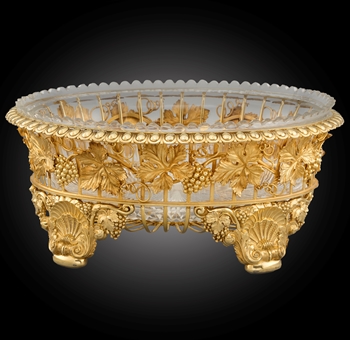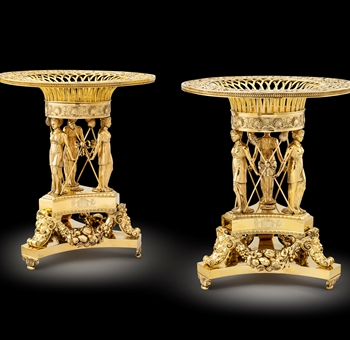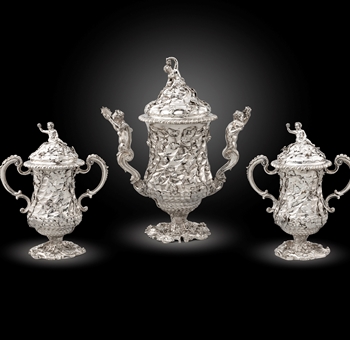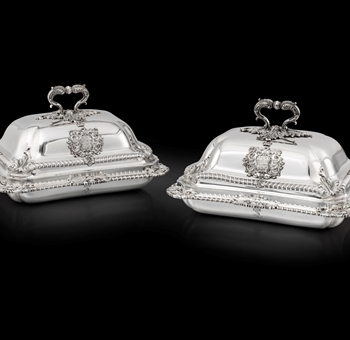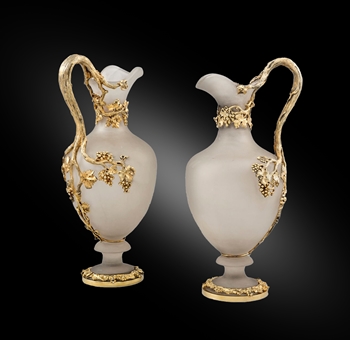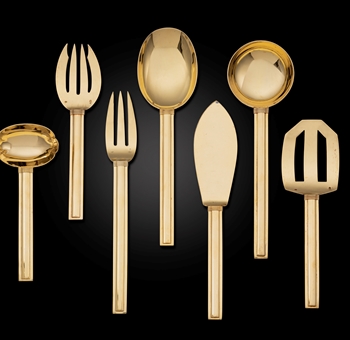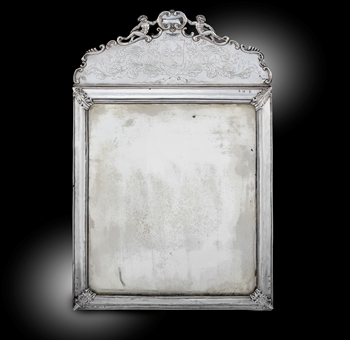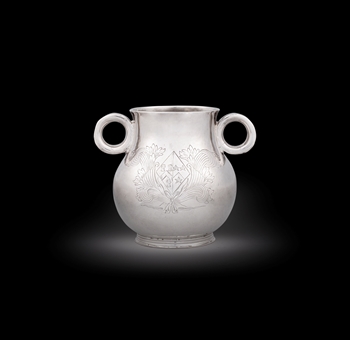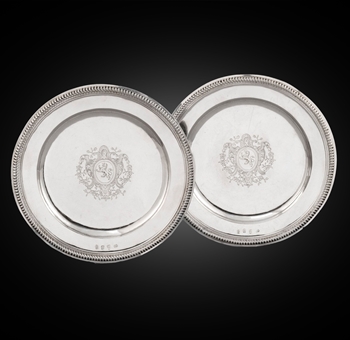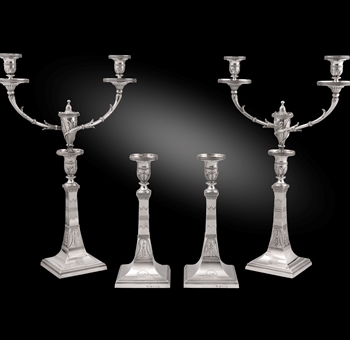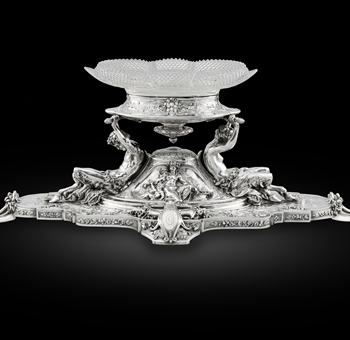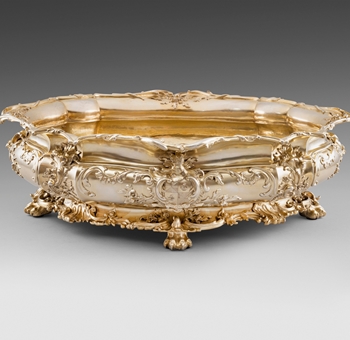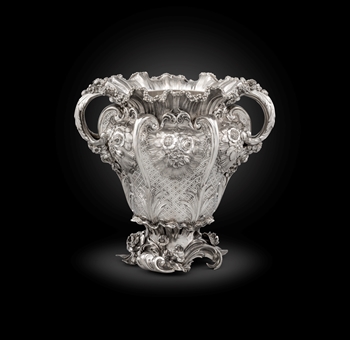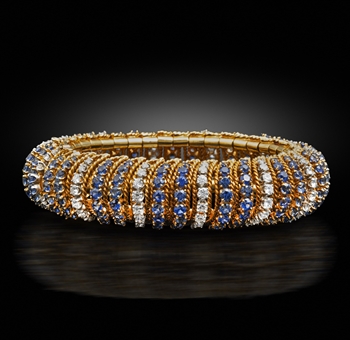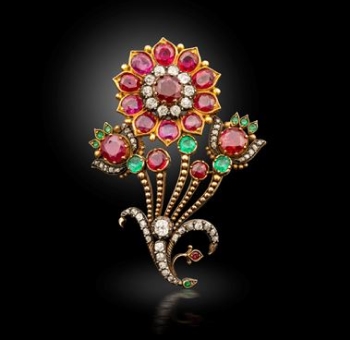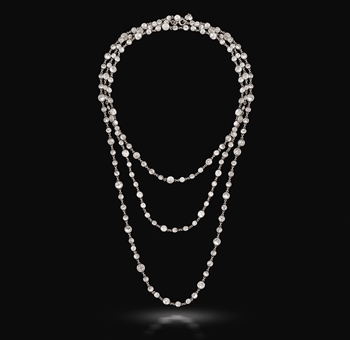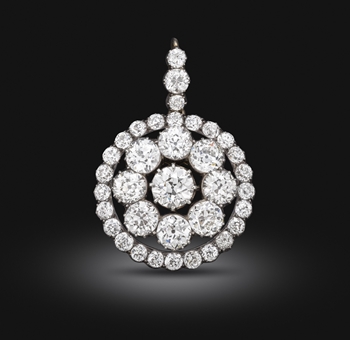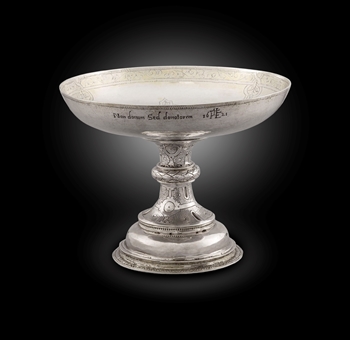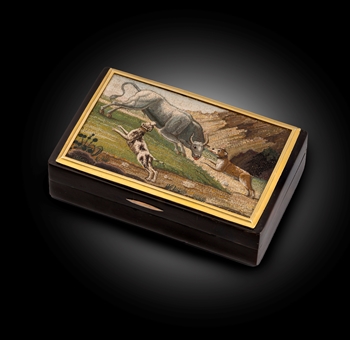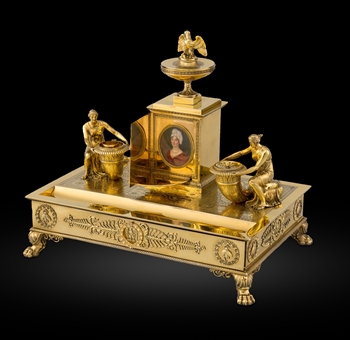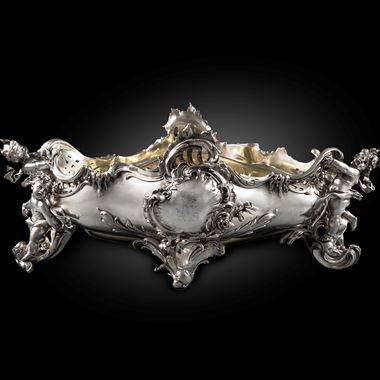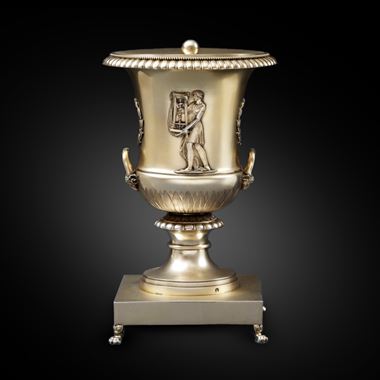Wichman is well known from the archive records, but the actual number of known works is decidedly out of proportion to his long tenure. Wichmann was born in Halberstadt in Braunschweig and presumably received his vocational education in his home country. He came to Bergen as a journeyman and in 1643 he presented his required masterpiece to the guild. His career as a goldsmith seems to have started quite normally. He married shortly after he had taken citizenship, and in 1645 he and "his quinde" lived quite well in Flønderborgsmuget in a two-storey house valued at 250 Rd. In 1657 we find him registered as a farmer, with his farm and land in the 14th district valued at 250 Rd., but no other wealth.
Alas, what had started so well was not to continue. Everything we later hear about master Herman is far from good, and his later years seem to have been characterized by poor financial conditions. The fact that in 1658 he received a fine for a barrel of Rostockerøl from the guild for breaching regulations does not mean much. There were probably many good Norwegian goldsmiths who in the course of time had to do their part for the common good. But it was undeniably worse that in 1678 he was accused of having supplied illegal work for "Signeur Capitain Storm". However, in that same year he can be seen to have received 3 Rd. as support from the guild coffers. It was probably this need that drove him to perform this kind of grisly work. From 1658 until his death, sometime after 1688, little in the way of documentation survives, although in 1668 he received a contribution from the guild treasury for his wife's funeral. Herman Wichman is credited as the first of the Bergen goldsmiths to use the cartilaginous baroque ornament. He used this on his masterpiece, which is housed in Skreddersvennenen velkomst, one of the most monumental Norwegian goldsmiths' works to have survived from the 17th century.
You May Also Like




